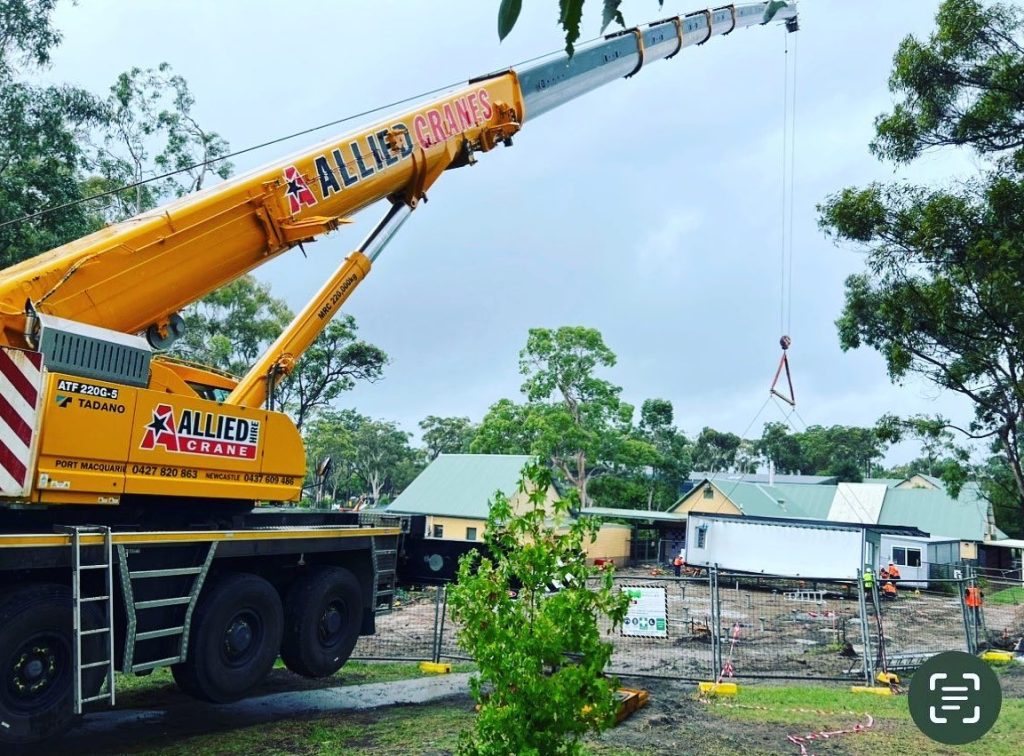Lift Planning and Crane Load Charts: Match Crane Capacities to Project Needs
October 16, 2023
Achieve precision in your project with Allied Crane Hire’s lift planning and crane load charts. Match crane capacities to your project needs. Call 0437 609 486.
In the world of construction, crane load charts and meticulous lift planning are indispensable elements that can determine the success of a project. They enable construction professionals to match crane capacities with project requirements, ensuring safe and efficient lifting operations. Understanding crane load charts and implementing a comprehensive lift plan can maintain safety, prevent accidents, and maximise project efficiency.
The Essence of Crane Load Charts
Crane load charts are graphical representations providing vital information about the lifting capabilities of a crane. They display the crane’s maximum rated lifting capacities under various operating conditions, such as boom length, boom angle, and radius. These charts are typically specified for each crane model and configuration, making them an essential tool used by crane operators, riggers, and construction professionals.
Through crane load charts, contractors can prevent crane accidents due to overloading, tip-overs, and structural failure. Operators and riggers can rely on these charts to make informed decisions during lifting operations, ensuring they stay within safe working limits and adhere to the guidelines of the manufacturer.
Following the Lift Plan is an Essential
A crane lift plan is a comprehensive and detailed document outlining the step-by-step procedures and safety measures required to execute a safe and successful lifting operation using a crane. It serves as a roadmap for crane operators, riggers, and other personnel involved in the lifting operation.
Normally, a crane lift plan includes various elements like project information, lift objectives, lift team, equipment information, lift parameters, lift sequence, risk assessment and mitigation, site and ground conditions, emergency procedures, permits/regulations, and load weight.
This plan must be developed by a qualified engineer or lifting specialist with extensive experience in crane operations and safety protocol. It must then be reviewed and updated regularly to account for any changes in the project or site conditions.
Matching the Capacities of a Crane
Through crane load charts and lift planning, the capacities of a crane can be matched to the needs of a construction project.
Lift planning, after all, involves meticulous calculations to determine the right crane for each lifting task. By considering the load weight, boom length, radius, and specific site conditions, lift planning ensures the selection of a suitable crane for the job at hand. It can then prevent overloading, ensure stability, and optimise available resources.
Safety is also achieved through crane load charts and lift planning. Adhering to the crane’s load capacity guidelines and employing a well-thought-out lift plan can reduce the risk of accidents and keep workers and equipment safe. Compliance with industry standards and regulations can likewise be possible by following crane load charts and the lift plan. Following them demonstrates a commitment to safety and responsible construction practices, making sure construction works are done without compromising safety and generating legal issues.
Ultimately, crane load charts and a lift plan can match the crane’s lifting capacity to specific project needs by preventing the use of oversized or underpowered cranes. Once they are reviewed and followed, the efficiency of a crane can be maximised. They can likewise help reduce the overall costs of the project.
Crane load charts and lift planning are fundamental to safe and efficient construction projects. By matching crane capacities to project needs through meticulous planning, construction professionals can ensure a smooth and successful lifting operation.
Optimized by: Netwizard SEO
